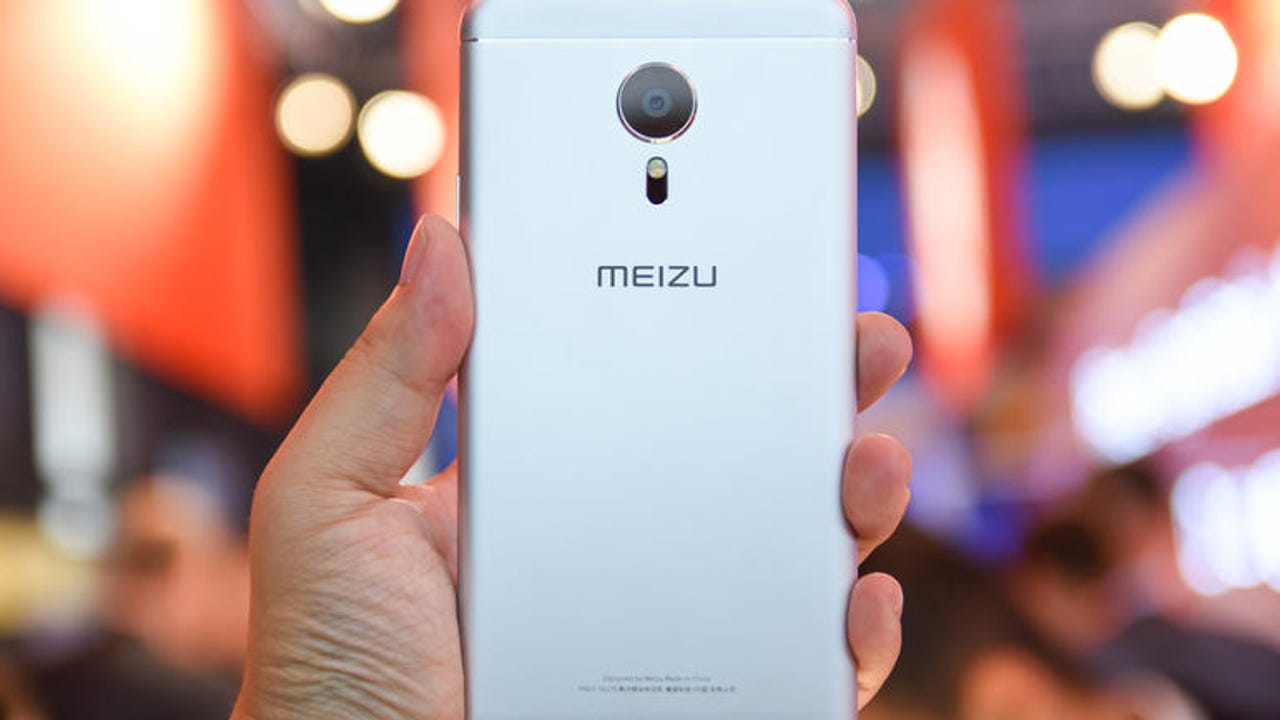Made in China: Meizu Pro 5 Ubuntu Edition dares to be different

Why is this smartphone different from all other smartphones? It seems an appropriate question to ask, with Passover approaching.
Meizu, based in the city of Zhuhai in the Guangdong region of China, is not a company or a name most US consumers are familiar with.
And compared with some of the other Chinese giants I have been dealing with in this series, such as Xiaomi, Huawei, and ZTE, Meizu is downright scrappy, reporting about $17M of revenue on $452M of net income according to their public filings from 2013.
The company is financially backed by The Alibaba Group -- the Chinese equivalent to Amazon -- and is expected to ship around 25 million smartphones in 2016 which would be a 25 percent year-over-year growth increase from 2015.
While the company is relatively small compared to the Chinese giants it is competing with, Meizu has been in this game for a while. They have been manufacturing consumer electronics for 13 years beginning with portable MP3 players in 2003. and have been making smartphones as early as 2007, where they pioneered Windows CE-based devices in their own domestic market.
Recently, Meizu has also been doing some very gutsy things with Android smartphones which they have been shipping primarily in their domestic market, Australia and in the EU.
Their overall approach seems to be sourcing best of breed hardware components for their bill of materials, packaging it in attractive, well-made designs and then selling it at much lower prices than their competitors in China and Korea.
For example, they use displays from SHARP (now a subsidiary of Hon Hai/FoxConn), cameras from SONY and SoCs from Samsung.
The Meizu Pro 5, the company's current flagship 5.7" phablet device which has been shipping since September of 2015, features a Samsung Exynos 7420 octa-core processor (the same used in the Galaxy S6), 3GB of RAM, 32GB of flash storage, 3000mAh battery, a 21MP SONY camera with 4K video capture capability, dual LED flash with laser focusing diode, a fingerprint reader, 1080p 326ppi display and USB-C charging.
All in a very sharp-looking, brushed metal casing.
The phone's successor, the Meizu Pro 6, was recently announced and promises even more features with a slightly more compact design (5.2" vs 5.7") , 4GB RAM and a domestically-produced 10-core MediaTek SoC.
So why devote space to discuss a phone that shipped seven months ago when the new model is pending?
Well, there's a new version shipping, and it doesn't run on Android. It runs on Ubuntu, the completely open source Linux operating system that made its claim to fame on PCs and x86 servers.
And all that hardware only costs $369.00.
While Android's core is open source under AOSP and uses a Linux kernel, many of the end-user software components needed to have a fully functional smartphone OS have to be licensed directly from Google.
Ubuntu offers an interesting alternative to Android, particularly from a software development standpoint that isn't encumbered by anything Google or commercially-licensed at all. In Ubuntu for Phones, applications are written using web standards, in either HTML5 or QML.
Essentially this means web apps are refactored so they are presented as smartphone apps. It provides an accelerated mobile software development process that may be compelling for certain industries that already have the source code to their web applications.
Ubuntu also uses the concept of "Scopes" which provide consolidated views of similar content, as opposed to having to switch between different apps to see similar information.
For example, in their Photos scope, your Instagram and Facebook photo feeds are simultaneously available from your accounts that are linked from the system.
This is not entirely dissimilar to the software development methodologies and data presentation/UX concepts originally introduced in WebOS, the mobile operating system used in the ill-fated HP TouchPad. In fact even BlackBerry 10 and the Playbook (remember that thing?) used this type of web-based mobile software development idea.
All of this is interesting from a purely geek perspective, but I am not sure this is going to resonate with consumers. Some hard-core open source Linux fans may like it, and potentially it has some limited vertical market applications as well where Android is not necessarily the best choice. But I don't see Meizu going gangbusters with this phone.
However, from an industrial design perspective, and from a component integration perspective being able to pack all that pretty choice hardware into $369.00 is quite an achievement. We haven't seen the Android-based Pro 6 yet, but I expect that it will stretch the limits of what you can put into a phone from a quality and cost perspective.
With the Pro 5 and the upcoming Pro 6, Meizu seems to be giving its bigger competitors a run for their money in terms of being able to produce a reasonably-priced flagship-class device, regardless of their comparative size, company-wise.
Are you interested in using a smartphone that runs Ubuntu instead of Android? Talk Back and Let Me Know.
See also:
